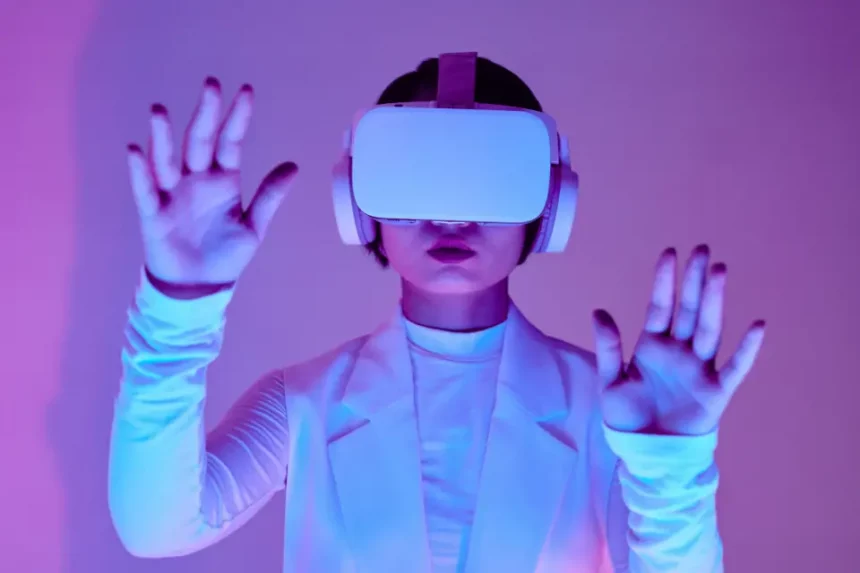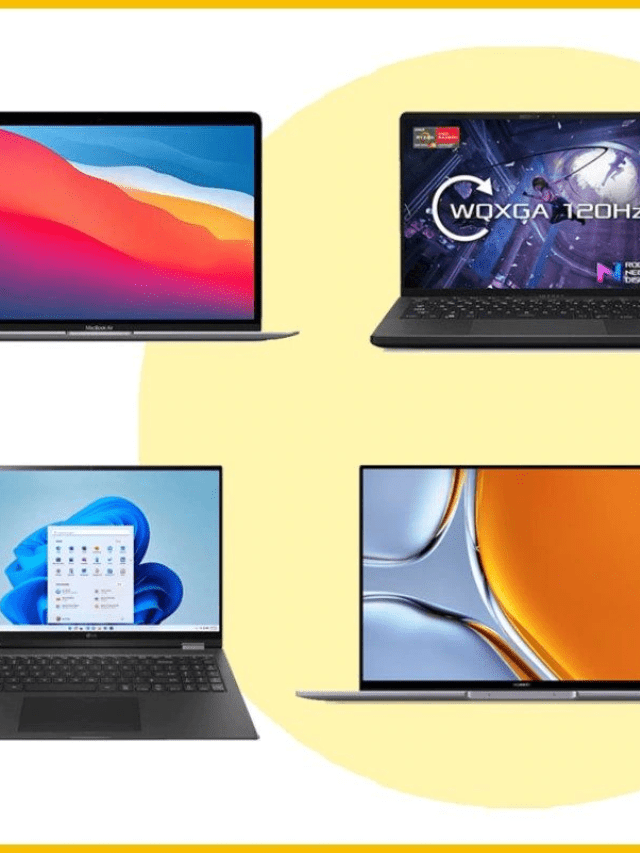The future of technology is an exciting and ever-evolving landscape. With each passing day, new and innovative gadgets are being developed that promise to make our lives easier and more enjoyable. From virtual reality headsets to self-driving cars, the possibilities are endless. As technology continues to advance, the possibilities of what we can create and experience become even more limitless.
From autonomous drones delivering packages to smart homes filled with intelligent machines, the future of gadgets is sure to bring a host of exciting developments. With each new invention, the world of technology continues to open up new and exciting opportunities for us to explore. As we look ahead to what the future of gadgets holds for us, we can only imagine the possibilities that await us.
1. Advantages of Gadgets
Gadgets are a hugely popular form of technology that has become a part of everyday life for millions of people around the world. Gadgets make everyday tasks easier, faster, and more efficient. There are a large variety of gadgets available for people to purchase, including mobile phones, laptops, smart home devices, and much more. People can choose gadgets that are best suited to their needs.
For example, some people may choose to purchase a laptop computer, while others may prefer to use a desktop computer. Gadgets can also be helpful for people with disabilities.
For example, there are text-to-speech devices that are ideal for people who have difficulty typing on a computer. Gadgets can make life easier for people of all ages and backgrounds.
2. Autonomous Drones
Autonomous drones are unmanned flying machines capable of delivering packages and other goods to people’s homes. These drones are able to navigate their way to their destination through GPS, cameras, and other technologies that allow them to fly safely. Autonomous drones can be programmed to fly a specific route, allowing them to make deliveries to people in a quick and efficient manner.
Autonomous drones have the potential to make package deliveries much quicker and more efficient than they are currently. For example, autonomous drones could fly a package from a distribution center in one city to a person’s home in another city.
Autonomous drones could also make it easier for people to shop online. For example, if a person purchases a product that is out of stock at a local retailer, the person could have the item delivered to their home via drone.
3. Virtual Reality Headsets
Virtual reality headsets are pieces of technology that create an immersive virtual reality experience. These headsets allow users to enter an entirely simulated environment that they can interact with in a number of different ways.
Virtual reality headsets can be used for a wide variety of purposes. For example, these devices can be used for virtual tourism, allowing people to explore various locations around the world. People can also use these headsets for gaming purposes.
There are a variety of different virtual reality headsets that are currently on the market. These devices vary in terms of price, functionality, and design. There are also different virtual reality headsets that are specifically designed for kids. These headsets allow children to explore a virtual world and play various games.
4. Smart Homes
Smart home devices are electronic appliances that are equipped with state-of-the-art technology. These appliances are linked together, allowing them to communicate with one another and with the user. This communication allows these devices to be controlled remotely by the user and to collect data that can be used to improve the overall functionality of the system.
There are a variety of different smart home devices available, including smart lights and switches, smart thermostats, and smart appliances, such as washing machines.
These devices allow people to control their home appliances remotely and to receive updates and alerts when an appliance needs attention. For example, a person could control their smart thermostat remotely and change the temperature setting to save energy and costs.
5. Self-Driving Cars
Self-driving cars are vehicles that are capable of driving themselves. Self-driving cars are driven by computer software and sensors, which can detect various obstacles on the road and make necessary adjustments to keep the car safe and on track. People can use a smartphone app to control the self-driving car, allowing them to select a destination and let the car drive them there autonomously.
Self-driving cars have the potential to eliminate millions of accidents caused by human error. Self-driving cars are currently being tested in various cities across the world. It is expected that these cars will become commercially available within the next few years. Self-driving cars have the potential to transform the way people travel and commute.
This could allow people to use their time in the car more efficiently by working, reading, or relaxing while their car takes them to their destination.
6. Wearable Technology
Wearable technology is tech that can be worn on the body. This includes items such as fitness trackers, smartwatches, and other gadgets. Wearable technology allows users to monitor their health and fitness levels while also providing them with useful information and features.
For example, fitness trackers can track the wearer’s daily activity, including steps taken and calories burned. These devices can also be used to monitor sleep quality.
Smartwatches can be used to make phone calls, send messages, and receive important alerts and notifications. Wearable technology has the potential to improve people’s health and fitness levels. It could also streamline people’s daily tasks by providing them with important information at a glance.
7. Artificial Intelligence
Artificial intelligence is a field of computer science that focuses on building computer systems that are capable of human-like intelligence. This field of study focuses on creating computers that can think for themselves and make their own decisions.
AI has the potential to have a huge impact on the world, especially as advancements are made. AI has been used to create self-driving cars and to power virtual assistants like Siri and Alexa. The technology is constantly being upgraded and improved.
AI has the potential to change the world greatly, especially as advancements are made in this field. There are many different ways that AI can be used, including healthcare, financial services, and more
8. Robotics
Robotics is the field of study that focuses on building intelligent and autonomous machines that are able to perform human-like tasks. Robots are used in a variety of different fields, including healthcare and construction. Robotics is a rapidly growing field of study.
Many new advancements are being made in this field, including the creation of social robots. Social robots are robots designed to interact with humans and to assist with various tasks. Social robots have the potential to be used in many different fields, including healthcare, education, and more. Social robots could be used in healthcare to assist nurses and doctors with medical tasks and examinations.
Social robots could also be used in education to assist teachers and professors with their daily tasks. Social robots have the potential to be used in a wide variety of fields, making this technology incredibly valuable and beneficial for society.
Conclusion
The future of gadgets is sure to be full of exciting developments. New and innovative gadgets are being created on a daily basis, with many of these new gadgets promising to change the way we live and work.
These new gadgets are designed to make our lives easier and more efficient, allowing us to spend less time performing tedious tasks and more time on the things that matter to us. From autonomous drones to virtual reality headsets, the future of gadgets is sure to be full of exciting new developments.

















